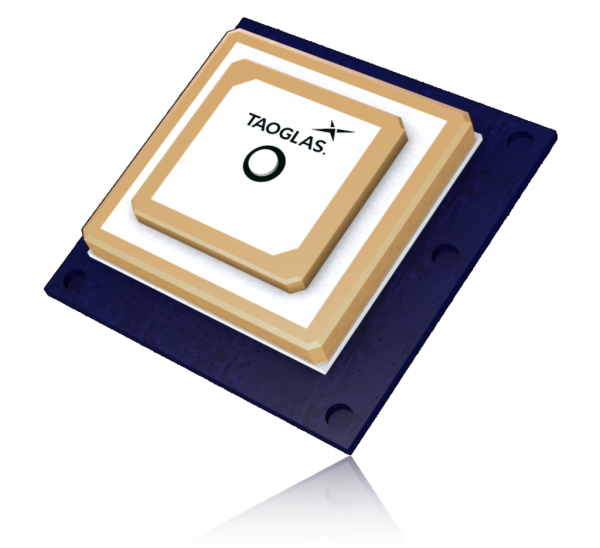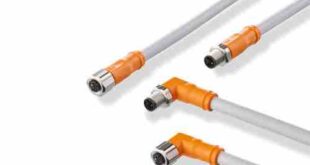u-blox announces that Taoglas, a provider of next-generation IoT solutions, has developed a centimetre-level GNSS positioning solution.
Comprising a high precision L1/L2/E5 GNSS receiver, the u-blox ZED-F9P, all the required RF electronics and antennas in a single package, the Taoglas Edge Locate positioning module simplifies the development and deployments of IoT solutions that depend on high precision positioning information.
Taoglas Edge Locate addresses the growing demand for highly accurate centimetre-level positioning performance, which, until recently, was reserved for high value use cases such as guidance systems for precision agriculture and heavy machinery.
This changed with the release of the use of additional satellite signals and the announcement of u-blox F9 high precision positioning platform, which lowered the cost of ownership of the technology, extending its benefits to mass market applications for the first time.
Featuring the u-blox ZED-F9P high precision GNSS module with concurrent reception of GPS, GLONASS, Galileo, and BeiDou on multiple frequency bands, the Taoglas Edge Locate module can also use real-time kinematic (RTK) algorithms to help achieve even faster convergence times and reliable performance, even in highly dynamic applications.

The integrated smart antenna is specifically designed and optimised for multi-band GNSS applications. High precision positioning enables a range of mission-critical services and use cases, such as emergency response, smart infrastructure, drone delivery, micro-mobility, and precision agriculture.
Edge Locate’s RTK positioning capabilities let end users benefit from centimetre-level positioning without subscribing to GNSS correction services, relying instead on a local RTK network that Taoglas can also help customers design and set up.
In a press release published by Taoglas, the company’s Co-CEO, Ronan Quinlan, highlighted one way that high precision positioning will benefit IoT applications.
“Take an example from the burgeoning micro-mobility industry. When granting licenses from a trial, the city authorities would like to monitor the riders of e-scooters, ensuring riders are staying off footpaths, or parking in designated areas.
The problem is that today’s legacy GPS solutions don’t often know which side of the road a scooter is on. Whereas with our solution, fleet operators can pinpoint within just a few centimetres where a device is located.”
 Engineer News Network The ultimate online news and information resource for today’s engineer
Engineer News Network The ultimate online news and information resource for today’s engineer





